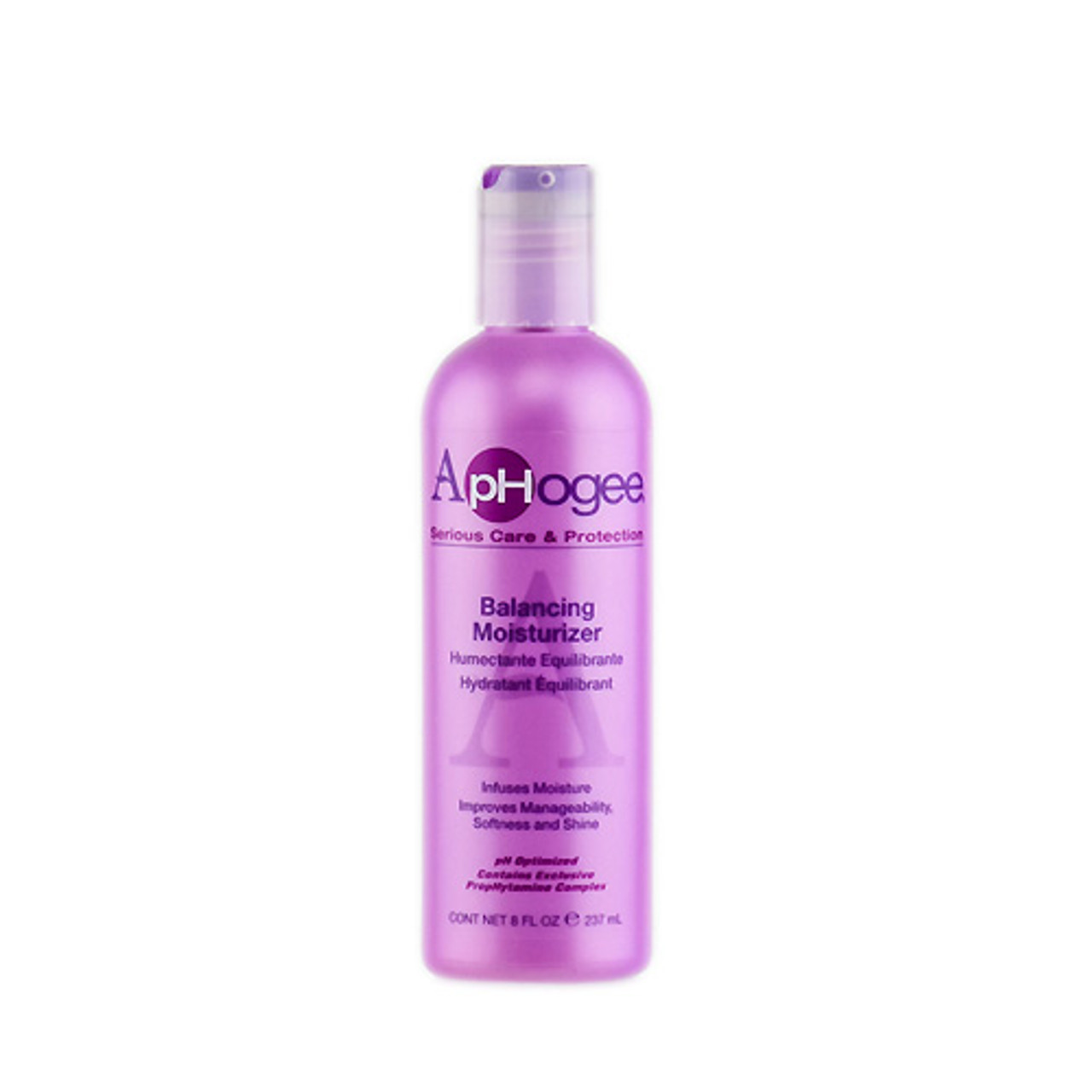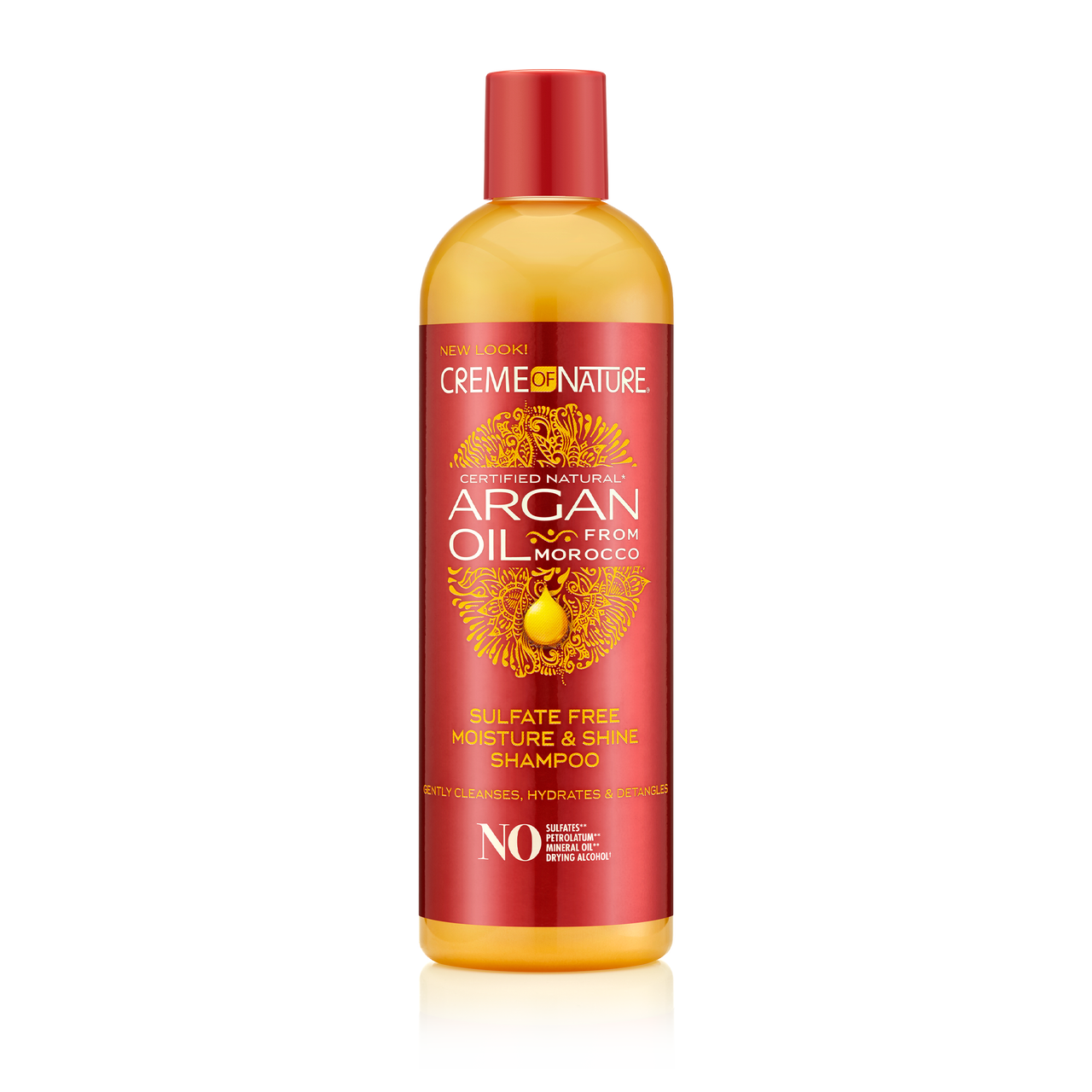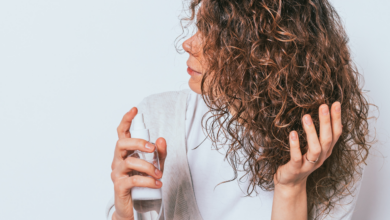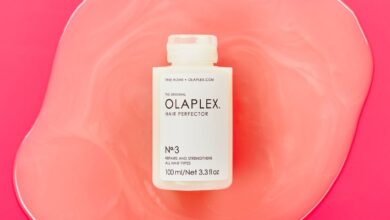
Are you tired of dealing with dry, lifeless hair? Look no further – we’ve got the solution for you! In our article “From Dryness To Shine: Balancing Moisture Across Different Hair Types,” we explore the secrets to achieving luscious, shiny hair no matter your hair type. Whether you have dry, oily, or frizzy hair, we’ve got the tips and tricks to help you strike the perfect balance of moisture. Say goodbye to dull hair days and hello to vibrant, head-turning locks!
Understanding Hair Types
When it comes to hair, one size definitely does not fit all. There are several different hair types, each with its own unique characteristics and needs. Understanding your hair type is essential in determining the best moisture balance for your locks. Let’s take a closer look at the four main hair types: straight, curly, wavy, and coily.
Straight Hair
Straight hair is characterized by its lack of curl or wave. It tends to be shiny and sleek, reflecting light effortlessly. While straight hair is often envied for its natural smoothness, it has its own challenges when it comes to moisture balance. Straight hair can run the risk of becoming weighed down and oily if not properly cared for.
Curly Hair
Curly hair, on the other hand, is the epitome of volume and bounce. It forms natural waves or spirals that can range from loose to tight. Curly hair typically requires extra moisture to combat frizz and maintain its defined curls. However, finding the perfect balance between hydration and avoiding excessive product buildup can be a delicate dance.
Wavy Hair
Wavy hair falls somewhere in between straight and curly hair. It has a subtle S-shape or loose curl pattern that gives it a natural beachy look. Wavy hair often struggles with striking the right moisture balance, as it can easily become dry and lackluster or overly greasy and weighed down.
Coily Hair
Coily hair is characterized by its tight coils and corkscrew-like curls. It is the most delicate hair type and requires special care to maintain its moisture levels. Coily hair tends to be prone to dryness and brittleness. However, with the right techniques and products, coily hair can become incredibly versatile and beautifully textured.
Causes of Dryness
Dry hair can be a common problem for individuals across all hair types. Understanding the underlying causes of dryness is crucial in developing an effective hair care routine. Here are some common factors that contribute to dryness:
Environmental Factors
Environmental factors such as harsh weather conditions, exposure to sun and wind, and pollution can strip your hair of its natural moisture. These external aggressors can cause your hair to become dry, frizzy, and lackluster.
Chemical Damage
Chemical treatments like hair dyeing, perming, and relaxing can be damaging to the hair cuticle, leading to dryness and breakage. Overusing these treatments or using harsh chemicals can leave your hair feeling brittle and in need of moisture.
Heat Styling
Excessive use of heat styling tools like flat irons, curling irons, and blow dryers can lead to moisture loss. The heat can strip away the natural oils in your hair, resulting in dry and damaged locks.
Overwashing
Believe it or not, washing your hair too frequently can also contribute to dryness. Shampooing your hair every day can strip away the natural oils that keep your locks moisturized, leaving them parched and lacking shine.

Importance of Moisture Balance
Achieving and maintaining a proper moisture balance is crucial for healthy and beautiful hair. Without the right amount of moisture, your strands can become dry, brittle, and prone to breakage. On the other hand, excessive moisture can weigh down your hair, making it appear greasy and lifeless.
Maintaining a moisture balance not only improves the overall health and appearance of your hair, but it also helps to prevent common hair issues such as frizz, split ends, and dullness. Whether you have straight, curly, wavy, or coily hair, understanding and addressing your hair’s unique moisture needs is the key to hair that shines with vitality.
Determining Your Hair’s Moisture Needs
Now that you understand the importance of moisture balance, let’s delve into how you can determine your hair’s specific moisture needs. There are a few key factors to consider:
Hair Porosity Test
Hair porosity refers to your hair’s ability to absorb and retain moisture. Conducting a simple hair porosity test can help you determine how easily your hair absorbs moisture and how well it holds onto it. This test involves placing a single strand of clean, dry hair in a glass of water and observing its behavior. Depending on whether the hair strand sinks, floats, or stays in the middle of the glass, you can determine your hair’s porosity level and adjust your moisture routine accordingly.
Evaluating Scalp Health
The health of your scalp plays a significant role in the moisture levels of your hair. A dry and flaky scalp can lead to dry hair, while an excessively oily scalp can result in greasy locks. Observing your scalp’s condition and addressing any specific issues, such as dandruff or dryness, can help you better understand your hair’s moisture needs.
Observing Hair Texture
The texture of your hair can also clue you in on its moisture requirements. Fine hair tends to be more prone to oiliness and may require lighter moisture products, while thicker hair may need richer and more nourishing formulations. By considering your hair’s texture, you can choose the most appropriate products and techniques to maintain a healthy moisture balance.

Hair Care Tips for Straight Hair
Straight hair may seem low-maintenance, but it still requires adequate moisture to stay healthy and vibrant. Here are some essential care tips for straight hair:
Choosing the Right Shampoo and Conditioner
When selecting shampoo and conditioner for straight hair, opt for products that provide hydration without weighing down your locks. Look for formulas enriched with moisturizing ingredients like argan oil or shea butter. Avoid heavy products that can leave your hair flat and greasy.
Using Moisturizing Hair Masks
Treating your straight hair to a weekly moisturizing hair mask can work wonders in restoring and maintaining moisture balance. Look for masks specifically designed for straight hair, and leave them on for the recommended time to allow the nourishing ingredients to penetrate your strands.
Avoiding Overwashing
As mentioned earlier, overwashing can strip your hair of its natural oils, leading to dryness. Try to wash your hair every other day or every few days to allow your scalp’s natural oils to nourish your locks. If you feel the need to refresh between washes, use a dry shampoo instead.
Protecting from Heat Damage
Heat styling tools can be a straight-haired individual’s best friend, but they can also contribute to dryness and damage. Before using any heat styling tool, make sure to apply a heat protectant spray or serum to minimize moisture loss and defend against the damaging effects of heat.
Hair Care Tips for Curly Hair
Curly hair requires extra love and care to maintain its moisture levels and define its beautiful curls. Here are some essential care tips for curly hair:
Deep Conditioning
Curly hair thrives on deep conditioning treatments. Regularly applying a deep conditioner can provide much-needed moisture, reduce frizz, and enhance the natural definition of your curls. Look for deep conditioners specifically formulated for curly hair, and consider leaving them on for an extended period or even overnight for maximum hydration.
Pineappling Technique
To protect your curly hair while you sleep, consider using the pineapple technique. This involves loosely gathering your hair at the top of your head using a scrunchie or a soft hair tie. This technique helps to prevent friction, preserve curl definition, and minimize moisture loss overnight.
Avoiding Harsh Ingredients
Curly hair tends to be more sensitive and susceptible to dryness. To maintain your hair’s moisture balance, avoid products that contain sulfates, alcohol, and other harsh ingredients that can strip your hair of its natural oils. Instead, opt for gentle, nourishing formulas that cater specifically to curly hair.
Styling with Moisturizing Products
When styling your curly hair, choose products that provide hydration and hold without weighing down your curls. Look for curl creams, gels, or mousses that are specifically formulated to enhance moisture and define your curls. Apply these products to damp hair for optimal results.
Hair Care Tips for Wavy Hair
Wavy hair has its unique set of challenges when it comes to maintaining moisture balance. Here are some essential care tips for wavy hair:
Using Lightweight Products
Wavy hair benefits from lightweight products that provide moisture without weighing down your natural waves. Look for leave-in conditioners or styling creams that are specifically formulated for wavy hair. These products can hydrate your locks, enhance your waves, and keep your hair looking effortlessly tousled.
Enhancing Natural Waves
To enhance your natural waves and maintain moisture, consider incorporating a diffuser attachment into your blow dryer routine. This attachment helps to distribute the heat more evenly, reducing the risk of moisture loss and frizz. Cupping your waves with your hands while diffusing can also help to add volume and definition.
Avoiding Over-brushing
Brushing wavy hair too vigorously or excessively can disrupt the natural wave pattern and lead to frizz and dryness. Instead, use a wide-toothed comb or your fingers to detangle your hair gently. This will help preserve your waves and prevent unnecessary moisture loss.
Regular Trimming
Regular trims are essential for wavy hair, as they help to eliminate dry, split ends and promote healthier, more manageable hair. Aim to trim your hair every 8-12 weeks, or as needed, to keep your waves looking their best.
Hair Care Tips for Coily Hair
Coily hair requires special care and attention to maintain its moisture levels and prevent dryness. Here are some essential care tips for coily hair:
Co-washing
Co-washing, or conditioner-only washing, can be a game-changer for coily hair. Instead of shampooing every time you wash, try using a cleansing conditioner or a moisturizing conditioner to cleanse your hair gently. This routine helps to retain moisture, reduce frizz, and enhance your hair’s natural texture.
Sealing Moisture with Oils
Coily hair tends to be more prone to dryness due to its unique structure. To lock in moisture, consider sealing your hair with natural oils like jojoba oil, coconut oil, or argan oil. Apply a small amount of oil to your damp hair, focusing on the ends and more damaged areas, to help prevent moisture loss.
Avoiding Heavy Products
While coily hair needs adequate moisture, it’s important to avoid using heavy products that can weigh down your curls and cause product buildup. Look for lightweight leave-in conditioners, moisturizers, and styling products that are specifically formulated for coily hair. These products can provide the necessary hydration without sacrificing volume or definition.
Protective Styling
Protective styling can work wonders in maintaining your coily hair’s moisture balance. Whether you opt for braids, twists, or updos, protective styles help to retain moisture and protect your strands from external aggressors. Just be sure not to leave your protective style in for too long, as this can lead to tangling and potential breakage.

Common Mistakes to Avoid
To maintain a healthy moisture balance, there are a few common mistakes that you should avoid, regardless of your hair type:
Using Excessive Heat
Excessive use of heat styling tools or setting them to high temperatures can strip your hair of moisture and cause irreversible damage. Whenever possible, opt for heat-free styling methods or use heat styling tools sparingly and always apply a heat protectant beforehand.
Over-shampooing
Shampooing your hair too frequently can strip away its natural oils, leading to dryness and a disrupted moisture balance. Instead, consider shampooing every other day or every few days, using a gentle shampoo that is formulated for your specific hair type.
Applying Too Much Product
While it’s essential to moisturize your hair, using too much product can have the opposite effect, leading to product buildup and weighed-down tresses. Start with a small amount of product and gradually increase as needed, focusing more on the lengths and ends rather than the roots.
Ignoring Scalp Health
Your scalp’s health impacts the overall condition of your hair. Neglecting your scalp’s needs can result in dryness, oiliness, or even dandruff, all of which can disrupt your hair’s moisture balance. Make sure to keep your scalp clean, moisturized, and free from product buildup, and address any specific scalp issues promptly.
Additional Tips for Maintaining Moisture Balance
In addition to specific tips for each hair type, here are some additional suggestions to help you maintain a healthy moisture balance:
Using a Satin or Silk Pillowcase
Cotton pillowcases can absorb moisture from your hair, leaving it dry and prone to breakage. Consider switching to a satin or silk pillowcase, as these materials are less likely to absorb moisture and cause friction. This simple change can help you wake up with moisturized, frizz-free hair.
Limiting Use of Styling Tools
While heat styling tools can help you achieve your desired look, they can also rob your hair of moisture. Whenever possible, try to embrace your natural hair texture and limit the use of styling tools. Embracing your hair’s natural beauty can help maintain its moisture balance and overall health.
Avoiding Tying Hair Too Tight
Tightly pulling your hair back into ponytails, buns, or braids can cause tension and strain on your strands, leading to breakage and moisture loss. Opt for looser hairstyles that allow for more movement and reduce the risk of damage.
Having Regular Trims
Regular trims are essential for maintaining healthy hair and preventing dryness. Trimming away split ends and damaged hair prevents the splitting of hair strands, allowing your hair to retain moisture and stay hydrated.
In conclusion, achieving and maintaining a proper moisture balance is vital for all hair types. Understanding your hair’s unique characteristics and needs is the first step towards a healthy and beautiful mane. By following the expert tips and avoiding common pitfalls, you can achieve the shiny, luscious hair of your dreams. Remember to listen to your hair, experiment with different products and techniques, and embrace the natural beauty of your unique hair type. With a little care and attention, you can achieve a moisture balance that will leave your hair looking and feeling its absolute best.
L’Oréal Paris Elvive Hyaluron Moisture Shampoo 400ml Twin Pack Review(Opens in a new browser tab)
Color Me Beautiful: Dyeing And Highlighting Tips For Every Hair Texture(Opens in a new browser tab)




